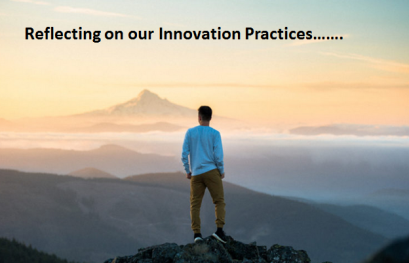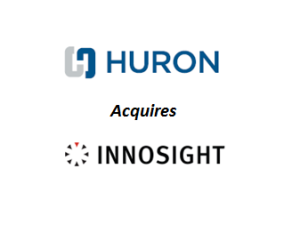 We often forget it is our people that really make innovation work. They determine the ideas, drive these forward to deliver them as new innovation concepts into the world. People connect the fragmented pieces or dots within innovation from being random and intangible, into being explicit and tangible.
We often forget it is our people that really make innovation work. They determine the ideas, drive these forward to deliver them as new innovation concepts into the world. People connect the fragmented pieces or dots within innovation from being random and intangible, into being explicit and tangible.
In the past we have often believed it is the genius laboring away in his lab that has made the discovery that has led to real breakthroughs in innovation.
So often in the past this lack of making the invention connection has often held many of us back to become engaged in discovery, ideas or contributions as we felt discouraged, as we had felt innovation can only happen in these ‘special’ places.
Most of us became disconnected with the early part of the discovery for innovation, we simply became just the implementors, pushing the innovation through the pipeline into its final execution. That can change if we are willing and able to challenge our past assumptions. Continue reading “Innovations Degree’s of Connectivity, Interactivity and Sharing”








